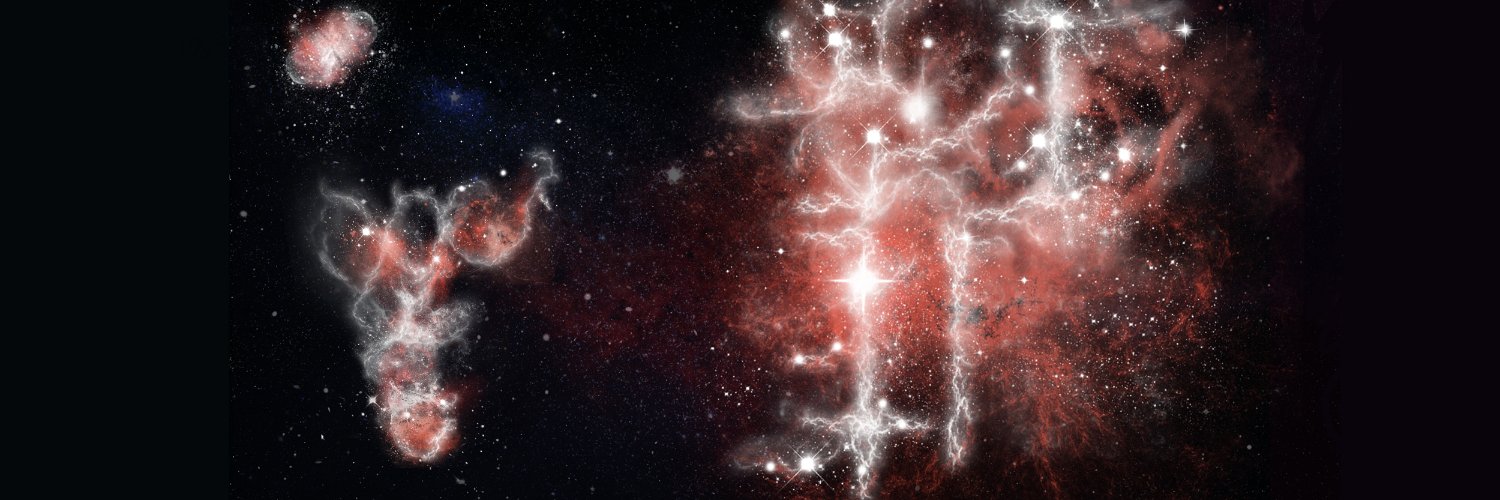
Qi Chen
@qichen_lab
Associate Professor @UUtah @UofUMedicine | sperm RNA-mediated epigenetic inheritance, embryo development, small RNAs, RNA modifications & diseases
Great to see our PANDORA-seq nature.com/articles/s4155… & Perspective on the exploration of small RNA universe nature.com/articles/s4155… both highlighted @NaturePortfolio among the collection of key methods & resources of the noncoding RNA field👇 nature.com/collections/ce…

Very glad to see our Sequential Activation Hypothesis highlighted on the cover @TrendsBiochem, linking small RNA-TLR interactions to autoimmune disease mechanisms.
How can abnormal small RNA biogenesis spark autoimmune disease? Our opinion @TrendsBiochem discuss a novel two-stage activation hypothesis that may explain why autoimmunity hits women harder, via small RNA-TLR7/8 interactions & augmented by autoantibodies. cell.com/trends/biochem…
Our JACS paper on direct RNA sequencing, revealing the true RNA sequence (RNome) using mass spectrometry, was published today (pubs.acs.org/doi/10.1021/ja…)
New preprint from the lab! With @Brumbaugh_JB, we show that P-bodies sequester developmentally relevant RNAs to influence cell fate. miRNAs direct this conserved regulatory process, and manipulating it enhances totipotency and germ cell programming. biorxiv.org/content/10.110…
We put together a step-by-step protocols for PANDORA-seq, now available in @NatureProtocols, including the sample preparation for sperm, sperm heads; and the analyzing software SPORTS optimized for various types of small RNAs including tsRNAs, rsRNAs, and miRNAs.…

Much enjoyed the #tRNA2024 conference at Kanazawa, Japan. Exciting science & great people! Love the excursion to the historic village Shirakawa-go 😀




BREAKING NEWS The 2024 #NobelPrize in Physiology or Medicine has been awarded to Victor Ambros and Gary Ruvkun for the discovery of microRNA and its role in post-transcriptional gene regulation.
Very much honored to deliver a Keynote at EMGS 2024 and to reconnect with old friends while making new ones. May the reflections on the past journey illuminate the road ahead...
Dr. Qi Chen just ended his keynote lecture, “Understanding the ‘Sperm RNA Code’ for Epigenetic Inheritance With Emerging Tools”! #EMGS2024
Congratulations Changcheng! Great to see increasing evidence of sperm-mediated epigenetic inheritance and the involvement of small RNAs. Thanks for including me in this exciting project!
Delighted to share our new @JCI_insight paper on epigenetic inheritance of #cardiovascular disease. We report here that exposure of fathers to unhealthy diets can lead to sex-specific intergenerational atherosclerosis in offspring👇insight.jci.org/articles/view/…
This mass spec-based RNA-seq can serve as a powerful tool to decode the RNome, complementary to Nanopore sequencing, with advantage in De Novo sequencing of highly modified RNAs such as tRNAs & tsRNAs, as illustrated in @NatureCellBio rdcu.be/cLcrj Exciting times ahead!
Nature is amazing! Congratulations to @maxewilkinson and team on a beautiful study revealing a clever way that bacteria defend against viruses. Check out Max’s posts for more detail! doi.org/10.1126/scienc…
My favourite discovery ever has just come online. Can I please tell you about some seriously wacky molecular biology? The story starts with a reverse transcriptase that SOMEHOW defends bacteria from viruses. (👇 I recommend sound ON for the video 🎹) 1/
Big congrats Bruno! @DiStefano_Lab Honored to be part of the team!
1/Excited to share our latest study showing that RNA sequestration in P-bodies sustains myeloid leukemia - now out in @NatureCellBio! nature.com/articles/s4155…. 🧵 below:
1/9 We show that Human ribosomes have different rRNA sequences, predominantly indels. These include abundant variants such as GGC indels, which form different structures. We visualize variants in single cells and associate them with development and cancer. doi.org/10.1016/j.xgen…
It took more than a DECADE... but finally it’s published!!! It started as a CRAZY idea but after tons of hard work we built it: We hijacked the endogenous secretion systems of Toxoplasma gondii, a brain parasite, to deliver active proteins to neurons 👇 nature.com/articles/s4156…
How does one #tRNA-mimicking mascRNA from #MALAT1 get one CCA tail and is stable, while menRNA from #NEAT1 receives two marking it for decay? We uncover a #riboswitch-like mechanism where menRNA self-destructs by getting seconds.@IliasSkeparnias @NatureSMB go.nature.com/3WcOGmc